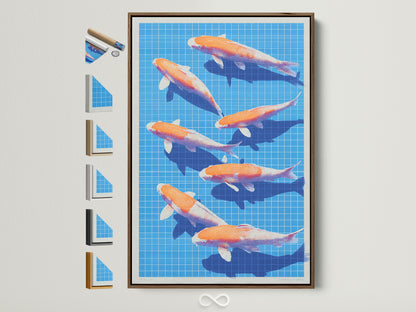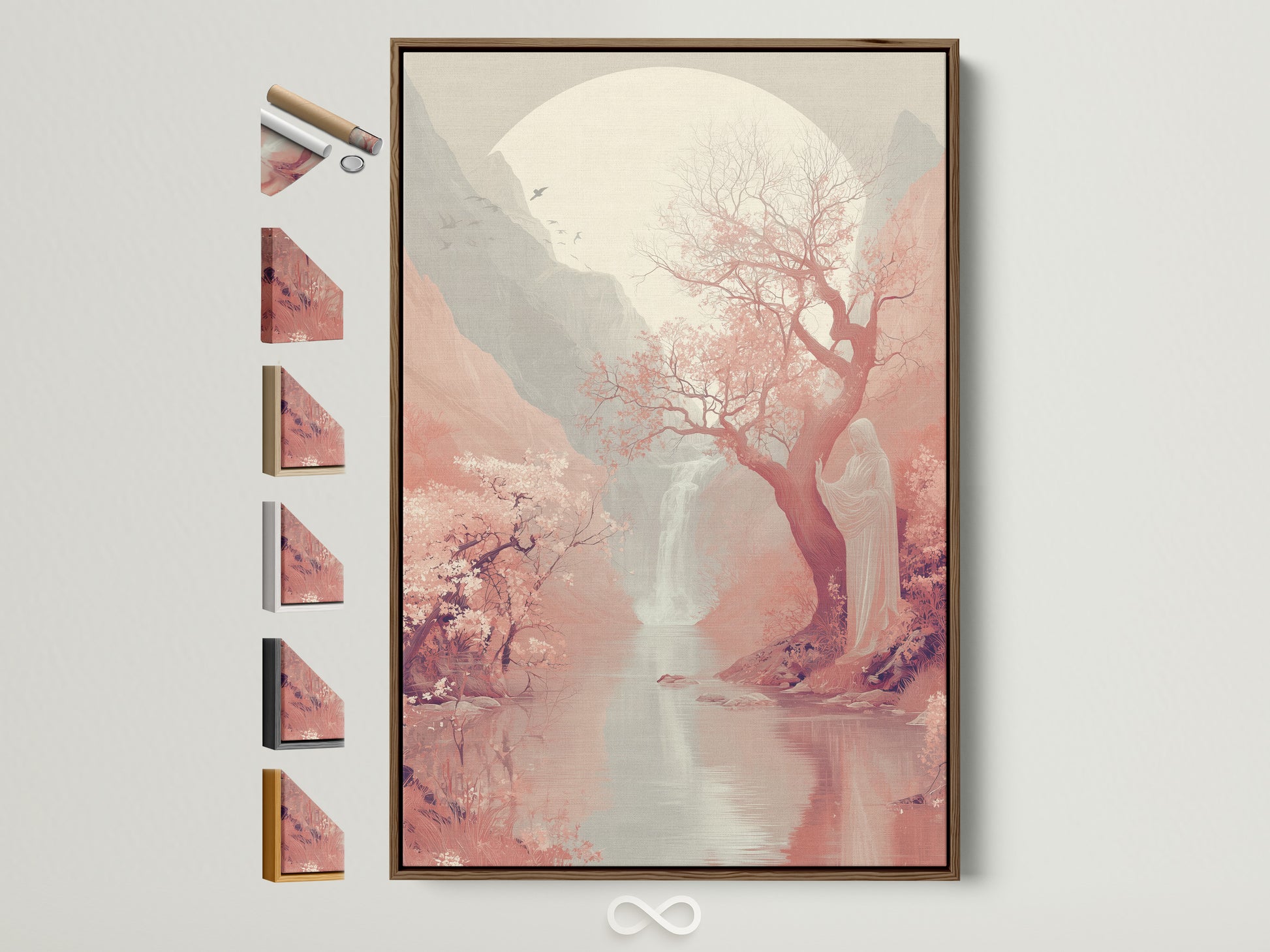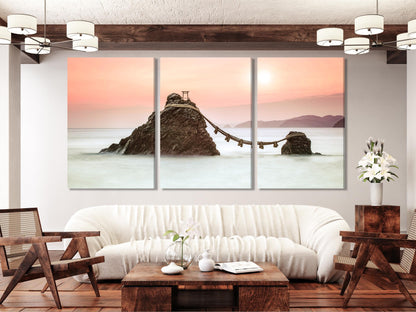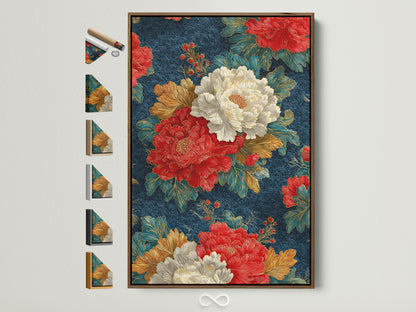Noguchi’s Akari at Home — A Lighting Framework for Soft, Sculptural Rooms
Akari lamps are the gentlest kind of architecture: paper, bamboo, and air shaping light into calm. Here’s a clear, room‑by‑room playbook—what Akari are, how the craft works, and the simplest way to place, dim, and style them so rooms feel effortlessly serene.

What exactly are Akari?
In 1951, sculptor Isamu Noguchi visited Gifu, a Japanese town famed for its chochin paper lanterns. He began sketching a family of lightweight lights he called Akari—a word in Japanese that captures both “illumination” and “lightness.” The pieces marry washi (mulberry) paper and bamboo ribbing over wire frames, then sit on fine metal stands or hang as pendants. The craft continues today in Gifu using the same hand methods, a rare link from vernacular lanterns to modern sculpture.Noguchi Museum Vitra MoMA
Washi’s fiber mesh scatters light softly, acting like a natural diffuser. Its making—recognized by UNESCO for cultural significance—uses mulberry fibers beaten and “floated” before being formed into strong, translucent sheets. That’s why an Akari glow reads as cloudlike even at low brightness.UNESCO Visit Gifu: Mino Washi
Why paper light feels so good
Paper shades have a large luminous surface, so each square inch is dimmer—and kinder to eyes—than a naked bulb or small metal shade. The result: extremely even ambient light that reduces glare and makes colors read true.
- Color temperature: 2700–3000K for evening-friendly warmth.
- CRI: 90+ for accurate color on art, textiles, and skin.
- Dimming: Inline dimmer or smart plug gives you “paper sunset” on demand.
- Watts/lumens: Small table 300–450 lm; mid floor 600–900 lm; large pendant 800–1,200 lm. Adjust by room size and wall color.
Forms & sizes—reading the Akari family
Most collections include calm Spheres and Ovoids (most versatile), tall Cylinders (great for entries and corners), playful “pumpkin” Globes with ribs (charismatic clusters), and a few sculptural specials that act like a small artwork.
- •Pairing rule: one “quiet” form + one “character” form keeps scenes balanced.
- •Clusters: group odd numbers; vary diameters by 20–40% for hierarchy.
- •Clearance: pendants over tables hang ~28–34 in (71–86 cm) above surface.
- •Tripods: low tripod tables read cozy at seating height; taller floor tripods pull the eye up and open corners.
Room‑by‑room playbook
Living room
Set a medium pendant for base ambient light, then add a floor cylinder behind seating for depth. Dim to 20–40% at night so paper texture shows.
Dining
One pendant centered over the table—hang low for intimacy. Add a small table Akari on a sideboard as a secondary glow when you clear the plates.
Bedroom
Use a tiny tripod lamp for night reading (warmest bulb), then a small offset pendant to sculpt the wall. Avoid a bright bulb in your direct sightline while lying down.
Entry & hall
Slender cylinders visually “stretch” height. A mirror opposite doubles the paper glow and gently brightens circulation.
Home office
Park an Akari near the periphery to soften screen contrast. Keep a separate task lamp for the keyboard; paper light handles mood.
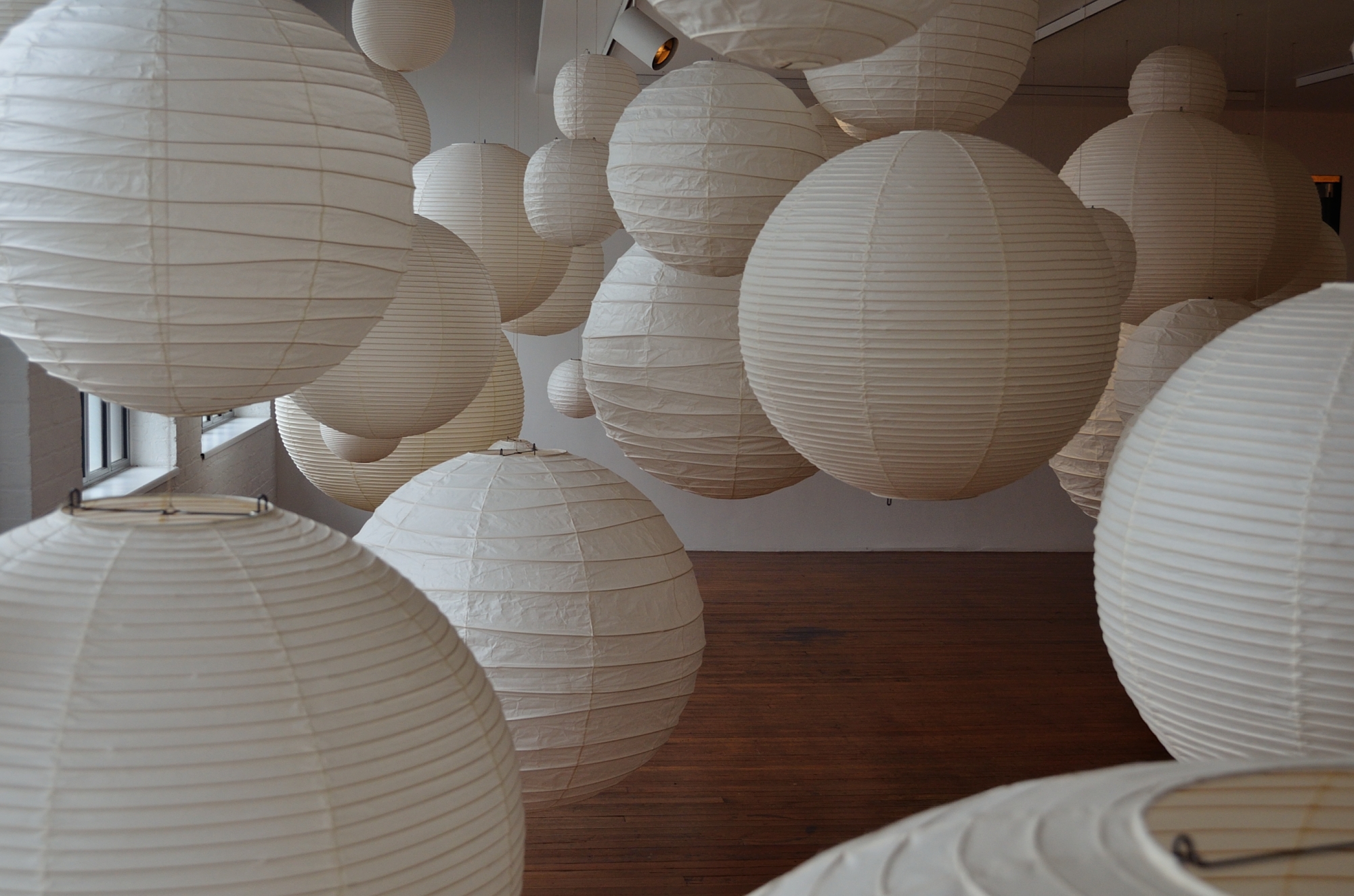
Styling Akari with today’s palettes & textures
Limewash & mineral paint make the perfect cloud backdrop for paper glow; the micro-variation keeps walls interesting at low dim levels. See our field guide for breathable finishes and how to brush them right.Limewash Walls & Mineral Paint
Soft Brutalism—think warm concrete, pale wood, linen, and rounded geometry—pairs beautifully with lanterns. The tactile mix gives “quiet drama” without glare.Soft Brutalism at Home
If you love structure, borrow from our Neo–De Stijl playbook: calm grid, warm whites, and a few primary accents so the paper reads fresh, not rustic.Neo–De Stijl Interior Design
Going bold with Supergraphics? Let walls lead; keep lantern shapes simple so the composition stays legible.Supergraphics at Home
Bulbs, dimmers & safety
- Use LED only. They run cool and protect the paper.
- Mind the max. Follow the maker’s wattage guidance; when in doubt, step down.
- Dimmers matter. Inline dimmers or smart plugs unlock that signature “paper sunset.”
- Care: Dust with a feather brush; for tiny tears, patch with matching washi and neutral pH starch.
- Authenticity: Handmade in Gifu since 1951 with licensed distributors—the consistency of washi and ribbing is what keeps the light even over time.Noguchi Museum
Product picks — art that glows beautifully under Akari
Tip: paper diffuses contrast. Graphic prints and inky blues look extra rich at 2700–3000K.
Case‑study recipes (no guesswork)
Calm living room
Layout: 1 medium sphere pendant over coffee table + 1 tall cylinder behind lounge chair. Materials: oak, linen, jute. Color: soft clay walls. Art: one graphic piece (see picks above) for a focal pop.
Japandi bedroom
Layout: 1 tiny tripod Akari on low bedside + 1 small offset pendant near the dresser. Materials: ash, cotton, rice straw rug. Palette: fog whites, mushroom taupe. Art: cherry blossom landscape to echo the glow.
More to explore — reliable sources
Want to go deeper into the craft and history? These are excellent starting points:
- The History of Akari — The Noguchi Museum
- MoMA: Akari Lamp (model JP)
- Vitra: Akari Light Sculptures overview
- UNESCO: Washi craftsmanship (Intangible Cultural Heritage)
- Visit Gifu: Mino Washi (regional context)
- Japan Objects: What are Japanese paper lanterns?
- Millennium Gallery JP: Deep dive into paper lamps
Image credits in this story acknowledge museums and photographers in captions.
FAQ
- What bulb works best in an Akari?
- A warm white LED (2700–3000K), CRI 90+ and dimmable. LEDs run cool and protect the paper shade.
- Do Akari lamps yellow over time?
- High‑quality washi ages gracefully. Keep away from direct sun and heat; dust lightly. A slight warm patina is normal and part of the charm.
- How do I fix a small tear?
- Use a tiny patch of matching washi on the inside with neutral pH starch paste. When lit, the repair reads as texture rather than damage.
- Can I mix Akari with other fixtures?
- Yes—treat Akari as ambient “soft focus,” and layer a metal task lamp or a directional sconce for contrast and function.
- Are Akari OK in small apartments?
- They’re ideal. Paper diffuses light broadly, so a single small lantern can make a studio feel bigger and calmer.
Shop the look
Building a serene, paper‑lit palette? Explore our Japan‑inspired picks and neutrals that thrive under warm, diffused light here: Buy Canvas Prints & Wall Art in Japan.
Editor’s picks — warm neutrals & modern shapes
Cultural context, briefly
Akari evolve from centuries of Japanese paper lighting—andon, chochin, and more—adapted for electricity and modern interiors. Understanding that lineage explains why they read as timeless rather than trendy. For a friendly primer, see overviews on chochin history and paper lamp craft listed in sources above.


